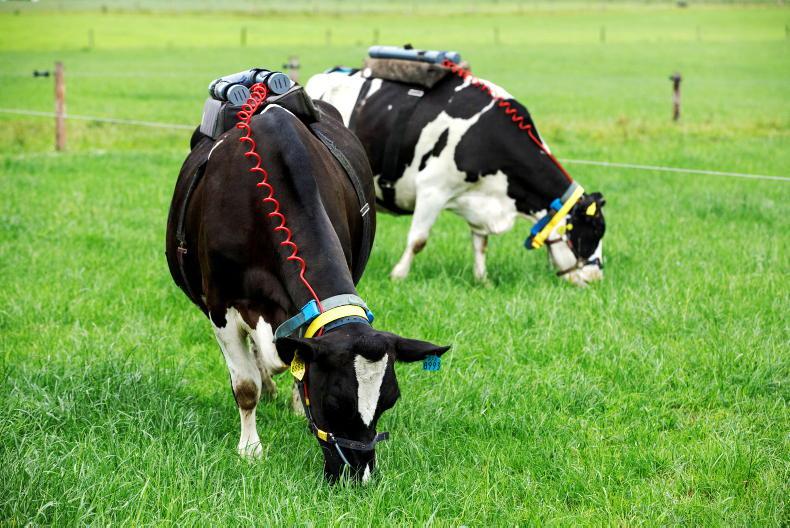The reduction in emissions from agriculture achieved by the Farm to Fork and Biodiversity strategies will be “erased” by carbon leakage to third countries, Copa-Cogeca has said.
Copa-Cogeca is the umbrella term for the voice of farmers and agri co-operatives in the EU.
The report shows that Farm to Fork and Biodiversity strategies coupled with the new CAP could help deliver a 28.4% reduction in greenhouse gas (GHG) emissions from the agricultural sector by 2030.
Major finding
One of the major findings of the report is that more than half of the expected GHG reduction in all scenarios are substituted by equivalent rise in GHG emissions increases in third countries, such as Brazil.
Furthermore, all sectors show declines of 5% to 15%, with the livestock sectors being hit the hardest.
Copa-Cogeca said that this will result in a decrease in net export positions for cereals, pork and poultry and the continuing of an EU trade deficit for oilseeds, fruit, vegetables, beef, sheep and goat meat.
What does this mean for farmers?
In response to the publication of the report, Secretary General of Copa-Cogeca Pekka Pesonen said: “This new CAP will allow farmers to make the necessary transitions to increase our sustainability - it will not be a 'status quo' as some Brussels NGOs like to repeat.
“However, strategies like Farm to Fork or the Biodiversity one will create an ever-widening gap in practices and competitiveness with our international competitors.”
He also warned: “If we do not want to organise the relocation of part of our agriculture to third countries, the European Union must be as ambitious in its trade policy as it is with its in-house strategies.
"Today, this is simply not the case. This great discrepancy will be unbearable for our farmers and co-operatives in the long run.”
Copa-Cogeca has welcomed the report and agreed with the statement made by the authors that “the lessons learned from this report are important from a policy perspective”.
It also supports the call of the authors of the report for further analysis on the targets and the models.






 This is a subscriber-only article
This is a subscriber-only article










SHARING OPTIONS: